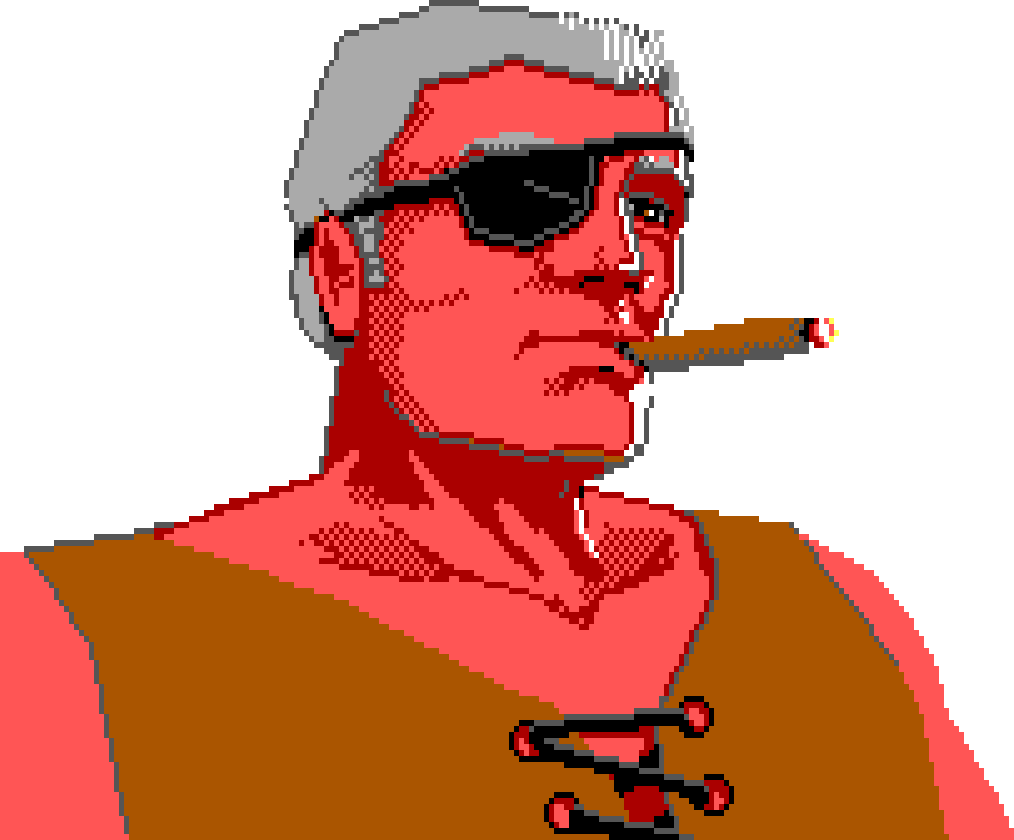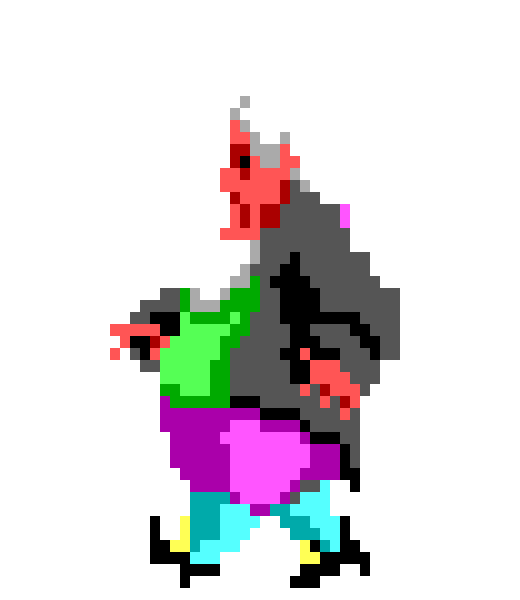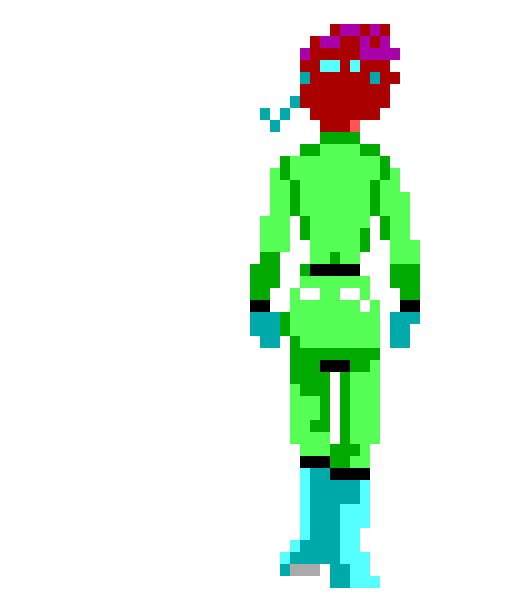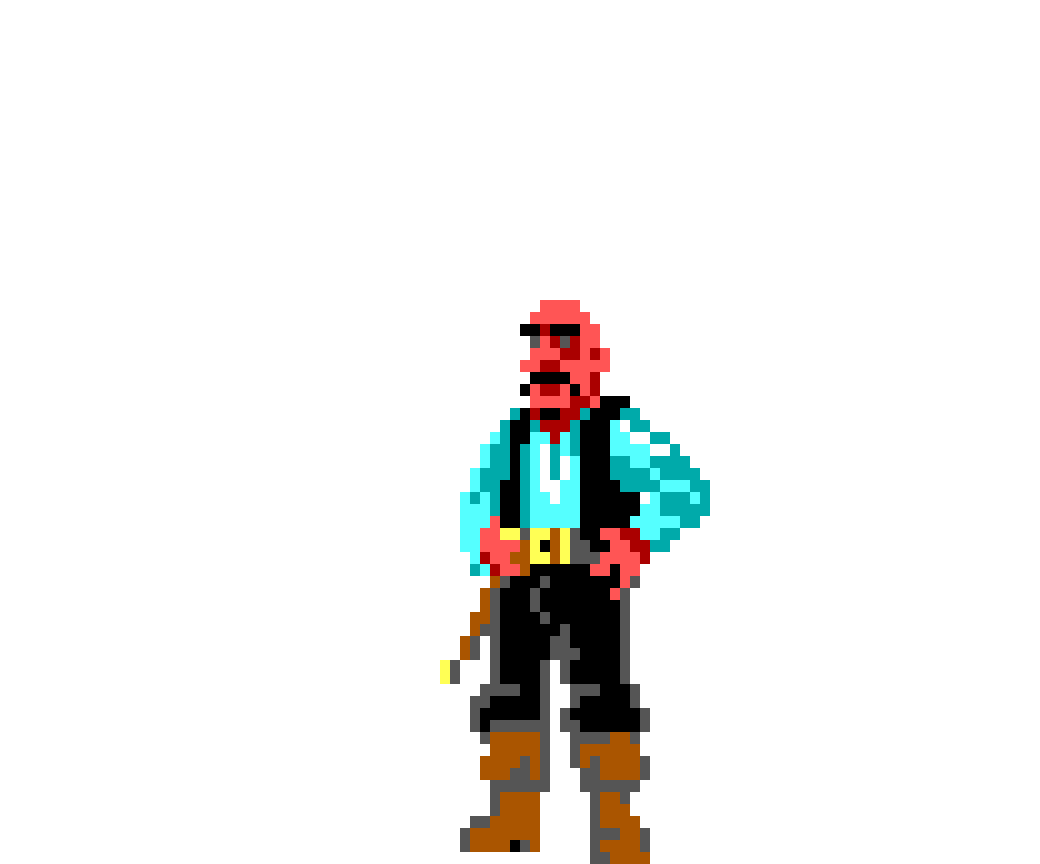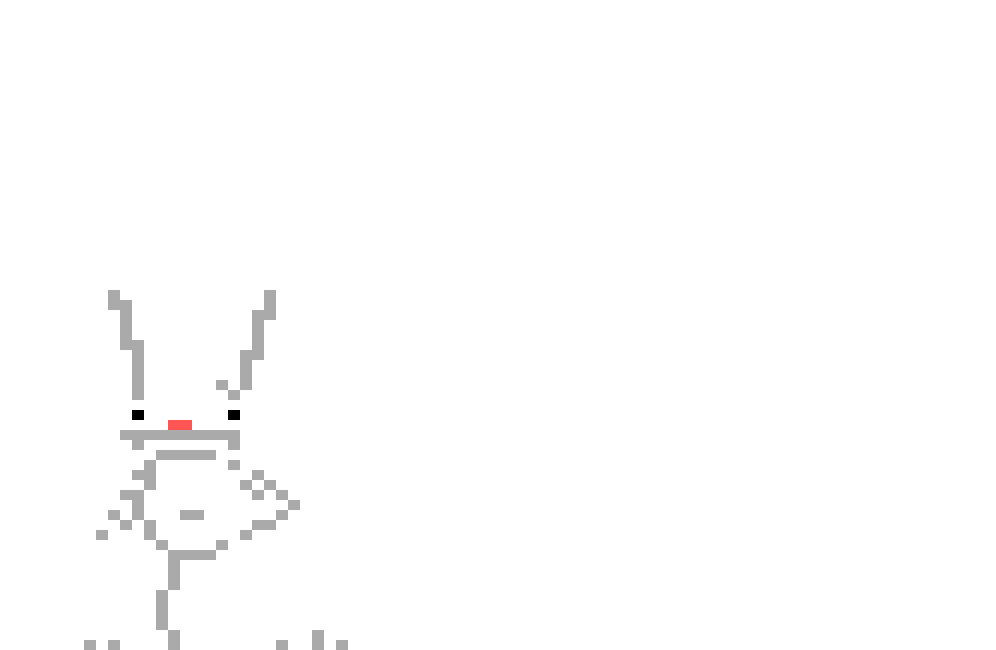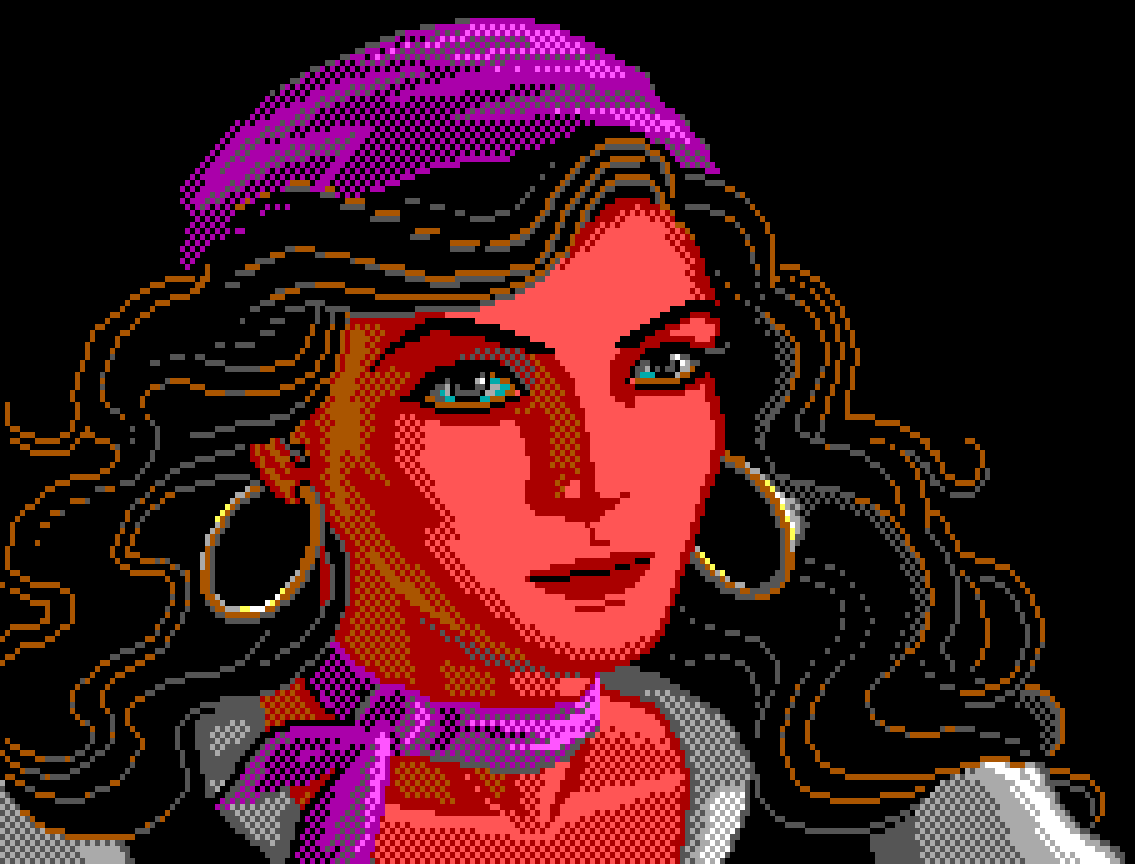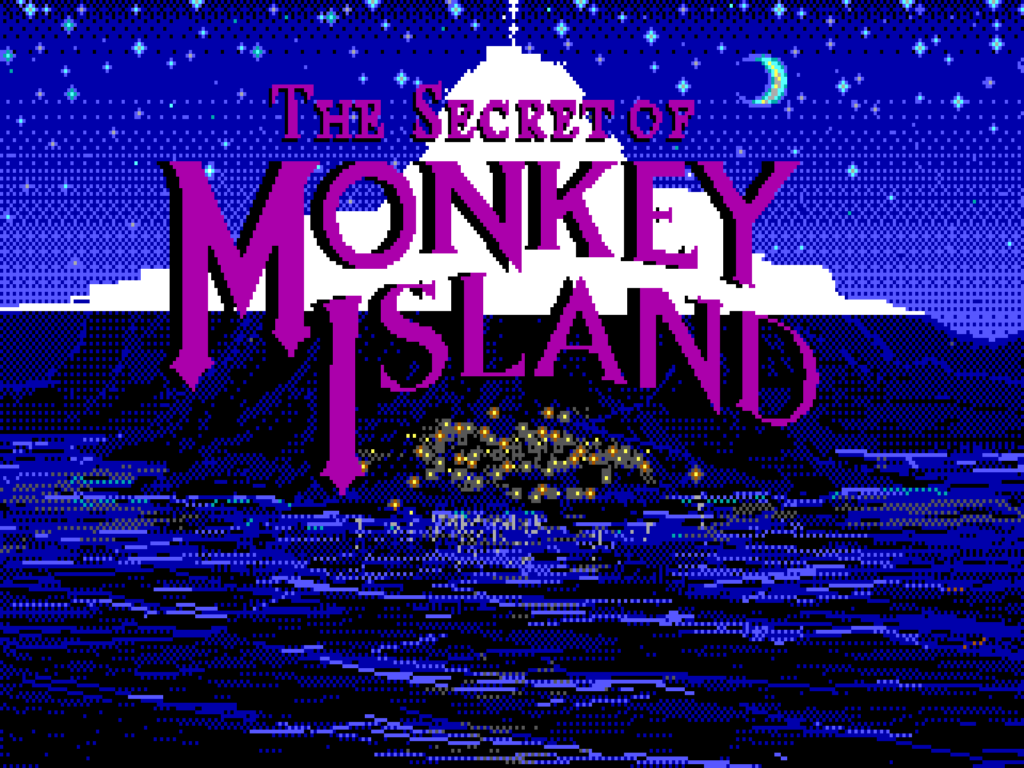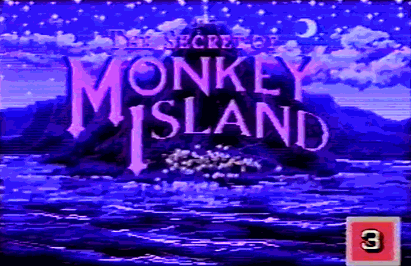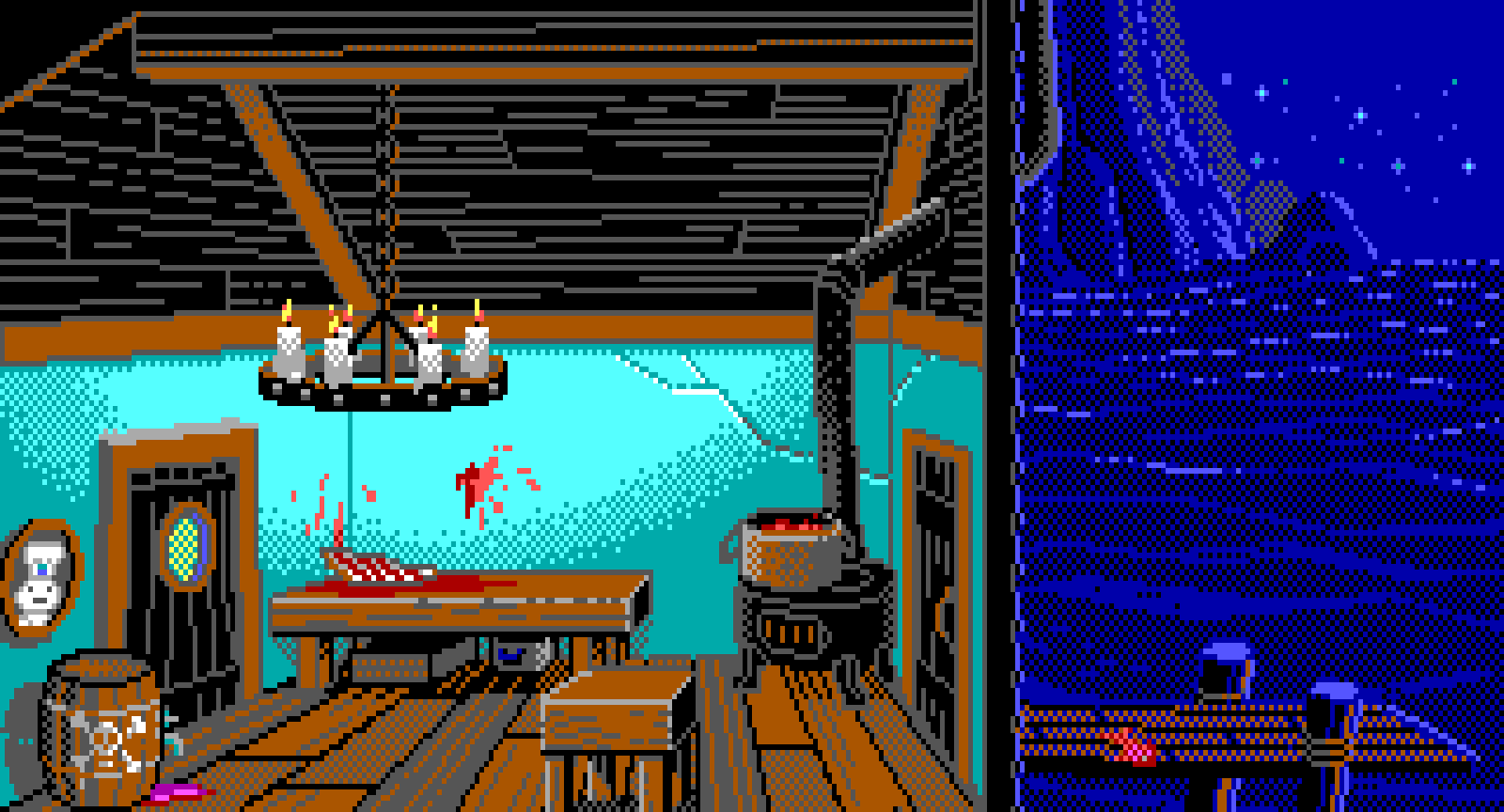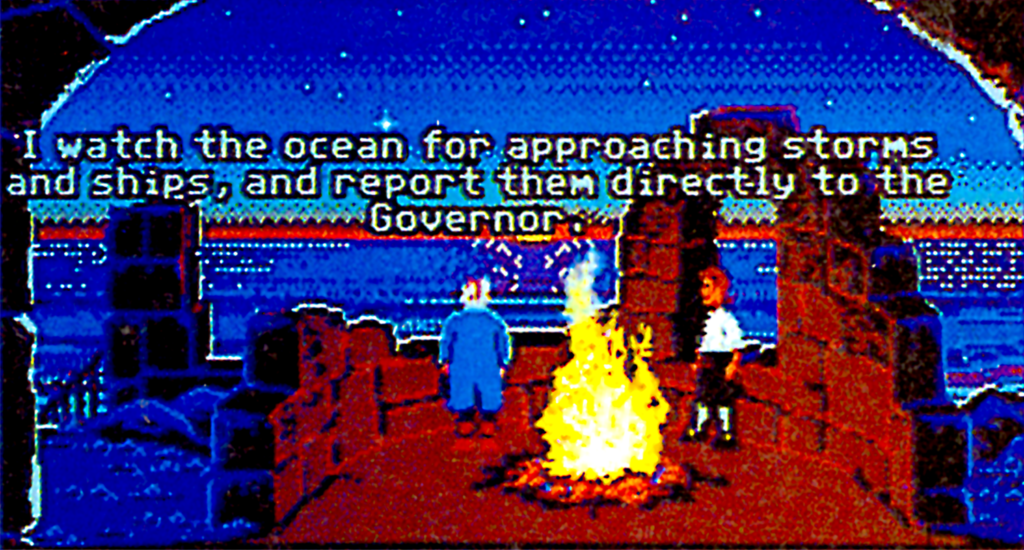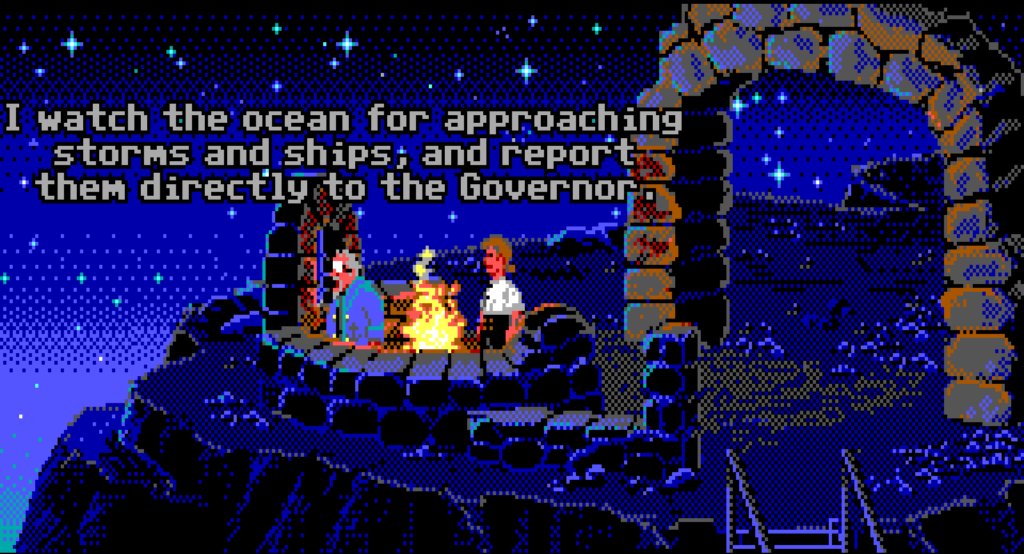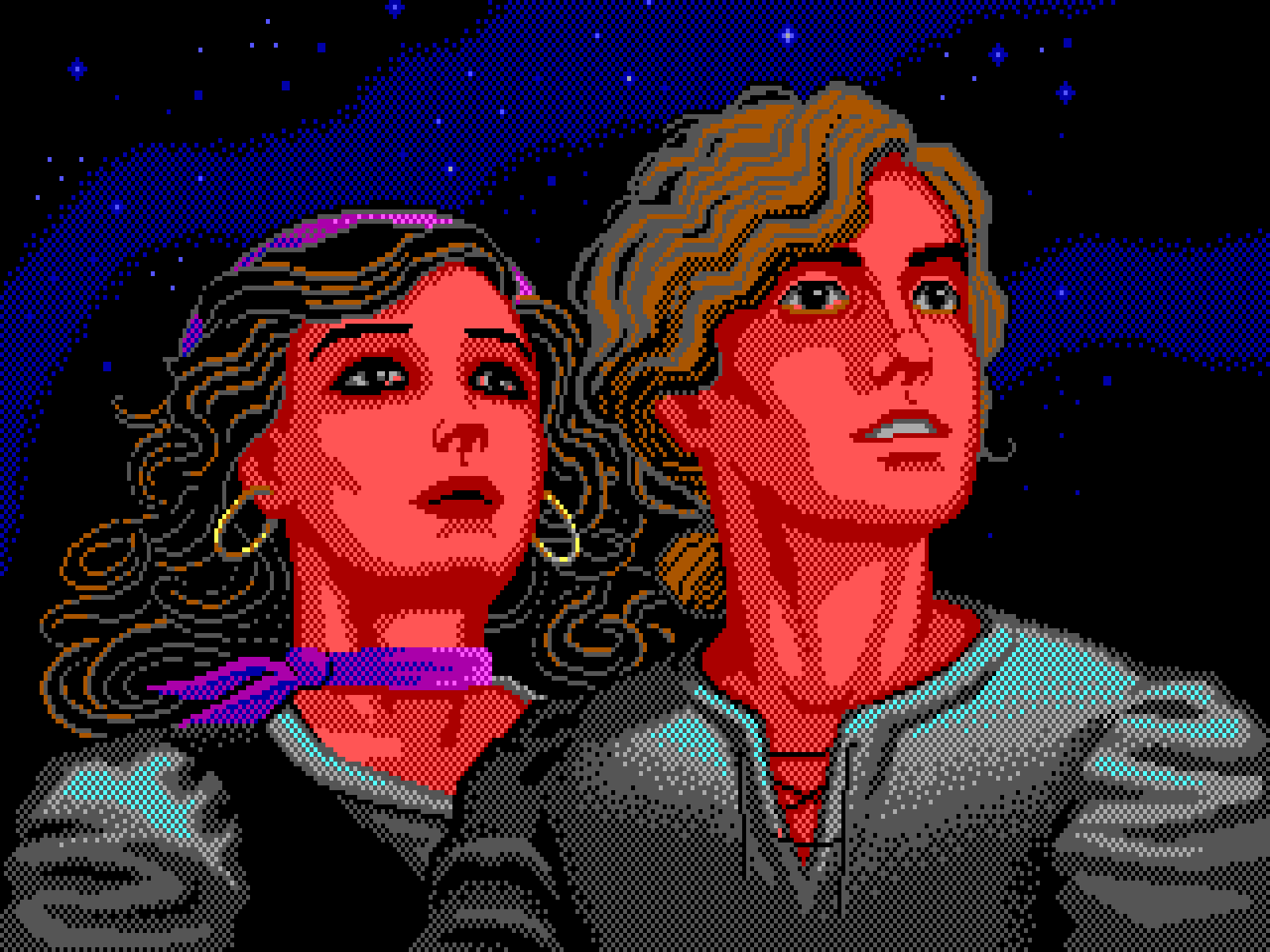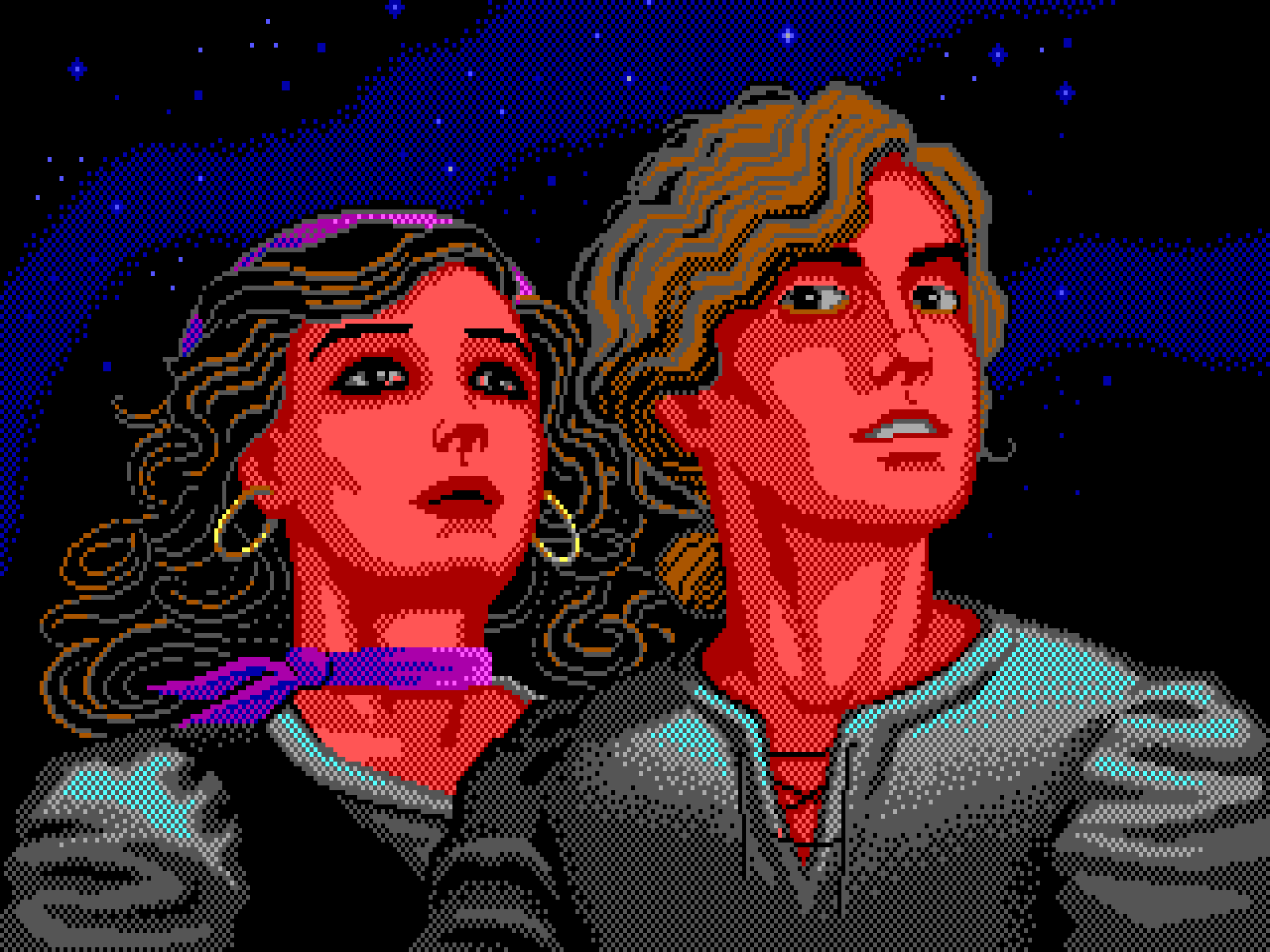On October 30th, 2020, we kicked off The Video Game Source Project with a very special event: a two-hour fireside chat with game developer Ron Gilbert celebrating the 30th anniversary of his most famous game, The Secret of Monkey Island. Ticket sales on Eventbrite generated over $13,000 in donations to The Video Game History Foundation, which astounded us – our estimate was about 1/10 of that!
Now that ticketholders have had exclusive access for a while, we’ve decided to make the entire stream public, which you can find embedded below. We also retained the live chat for historical reference, which you can see by viewing the video on YouTube. It includes insight from former Lucasfilm Games developers Noah Falstein and David Fox, among other special guests.
During the stream, Ron and I go in-depth into where the ideas for the game came from, the development process, the environment at Lucasfilm Games, and more. We even do a live coding demonstration of the game’s famous SCUMM scripting language, and take a look at a few of the development tools used in the making of the game, including FLEM, BYLE, and SPIT (they had a house style…).
We also showed quite a bit of cut content, which is what I want to focus on in this post. The following was a combination of art extraction, code restoration, and heavy research. Special thanks in no particular order to Marius Winter, Aric Wilmunder, Jake Rodkin, and our own Rich Whitehouse for helping make all of this possible.
Early, Sketchy, and Miscellany
The artists at Lucasfilm Games in 1990 were, by all accounts, prolific. Some of the art that survived in the Monkey Island vaults might have never been intended for the game at all, some may have been ideas that were abandoned early on, and some are from other game projects entirely!
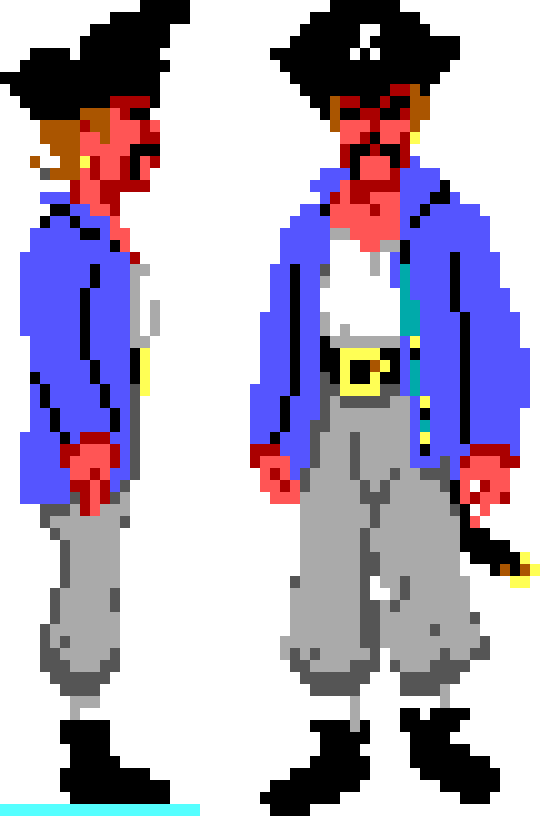

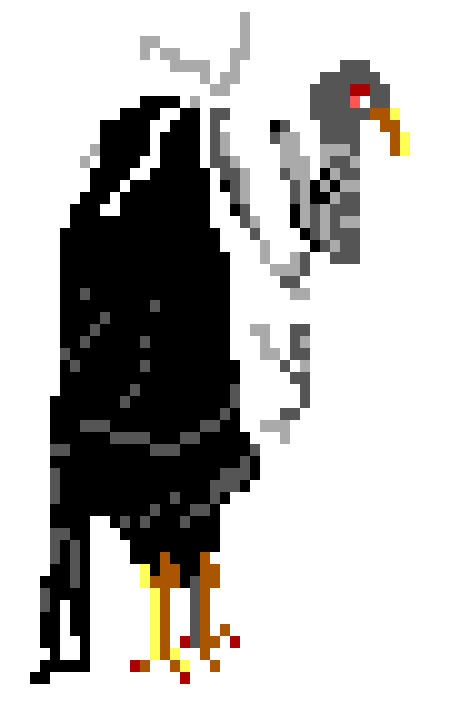
These three pieces are, more than likely, not art that was ever meant for the in-production game. As Gilbert explained during the stream, often artists like Steve Purcell would “just draw.” So it is unlikely that the vulture wearing a bib was ever meant for the game…though the humor does fit.
In SCUMM terminology, a “costume” is a set of animation frames that an “actor” – a piece of code, say, Guybrush Threepwood or the seagull behind the SCUMM Bar – can be assigned. Here we have a costume of unknown origins, our only clue being the file name, “SPRITE.” As with most human costumes in the game, SPRITE has a full animation set for walking and talking in all four directions.
Before Melee Island’s beloved governor, Elaine Marley, was conceived, Monkey Island had a very different plot, starring a very different governor – Governor Fat! According to the game’s creator, Ron Gilbert, this costume was never used in the production of the game. Perhaps its artist was working from an old design document? Unfortunately, as with many things, the purpose of this costume has been forgotten after thirty years.
Here’s a true rarity – a peek at a Lucasfilm adventure game that was only ever a prototype! This is Layla Thomas, from a spy game called Top Secret that, as far as we know, never got very far. These few frames of animation survived inside of another character’s costume file. Perhaps the artist was using her animations as reference?
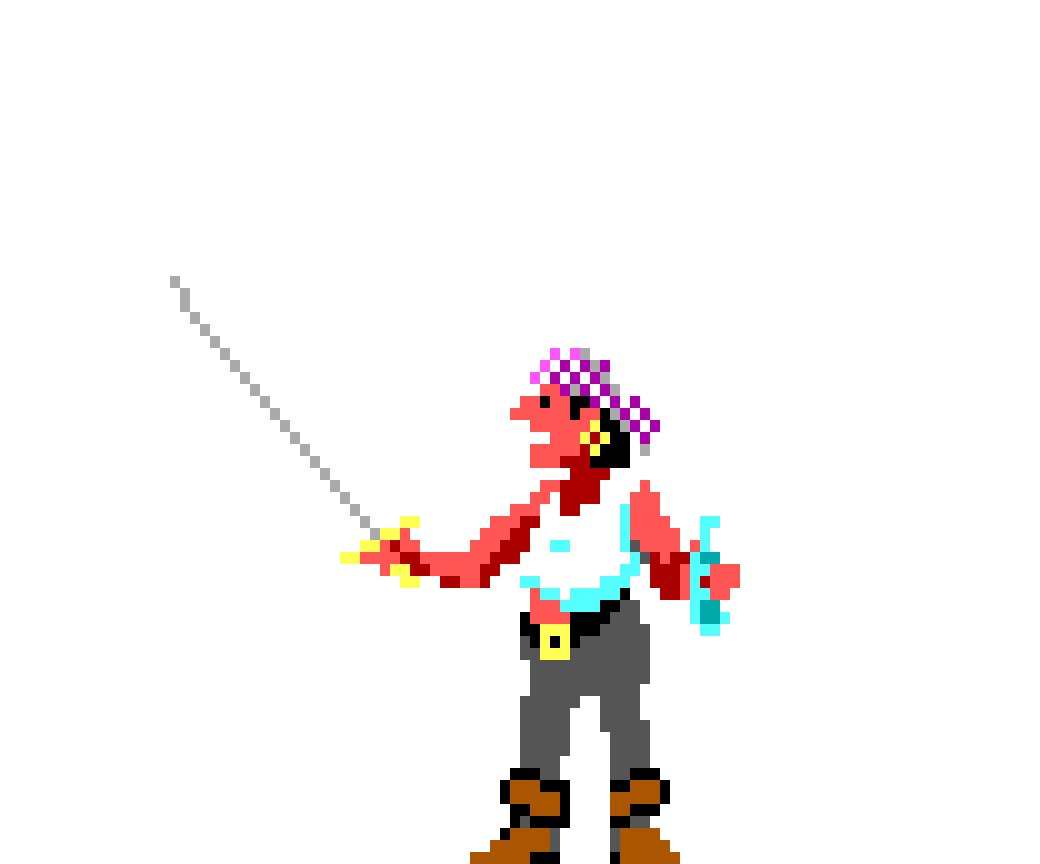
Any Monkey Island fan remembers the game’s insult swordfighting, but what about drunk insult swordfighting? This costume is all that remains of the concept, which was cut early in development. The reason? Having to write alternate “drunk” versions of each insult and reply presented a design challenge.
It’s the freelance police! No, Sam & Max were not set to make a cameo in the game… as far as we know. These costumes were actually used by new programmers at Lucasfilm Games to practice using the SCUMM environment, by creating a micro adventures using the characters and their office environment. This was three years before the eventual Sam & Max Hit the Road, which used entirely different art! Only a few frames of animation from this testing environment survived into the Monkey Island repository – perhaps they were used in the game as placeholders for characters who had not been drawn yet?
Rough Drafts
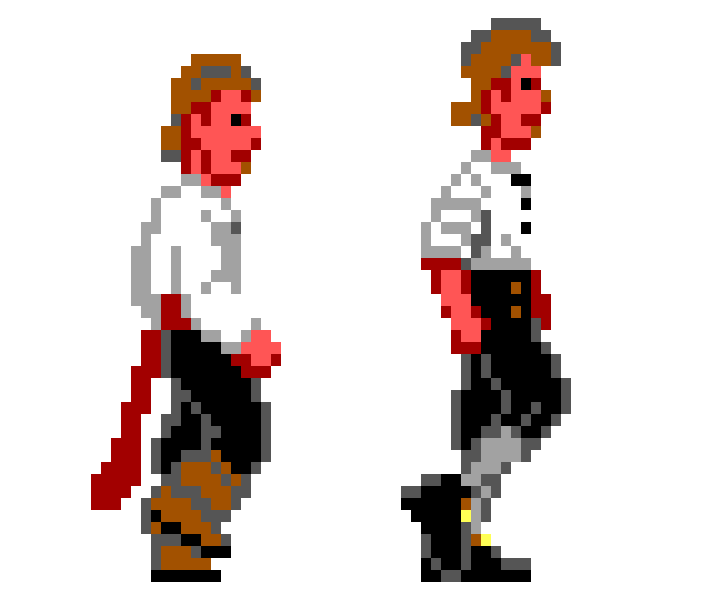
Guybrush Threepwood
Meet Proto-Guybrush! This early design for the character sported a red sash and brown boots, and was a little bit shorter and squatter. Here’s a fun fact: when you’re on an overhead map in the final version of the game, Guybrush is reduced to a four pixel sprite, the third of which is red – a leftover from this old design!
An early concept for the bridge puzzle. In the final game, the bridge is guarded by a troll, but an early concept for stopping the player here involved a booby trap instead. As far as anyone remembers, this puzzle was never actually in the playable game, and likely existed only as art.
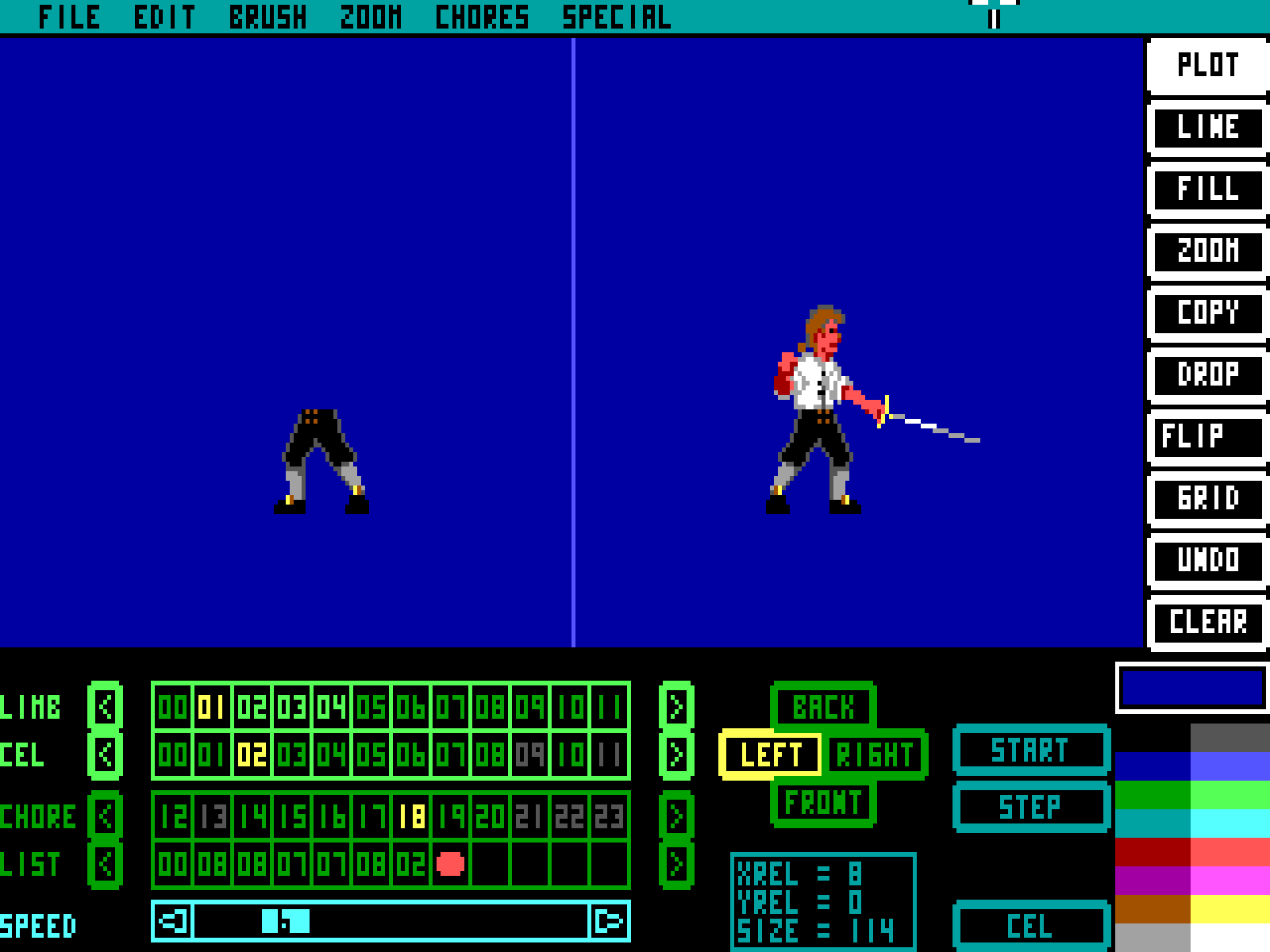
Another unused animation – most, if not all, of the sword-fighting costumes in the game have an unused jump, as demonstrated here using BYLE, the Lucasfilm Games costume animation tool. It is the only animation (in BYLE terms, “chore”) that doesn’t have a name in these files, suggesting perhaps that it was never used in-game.
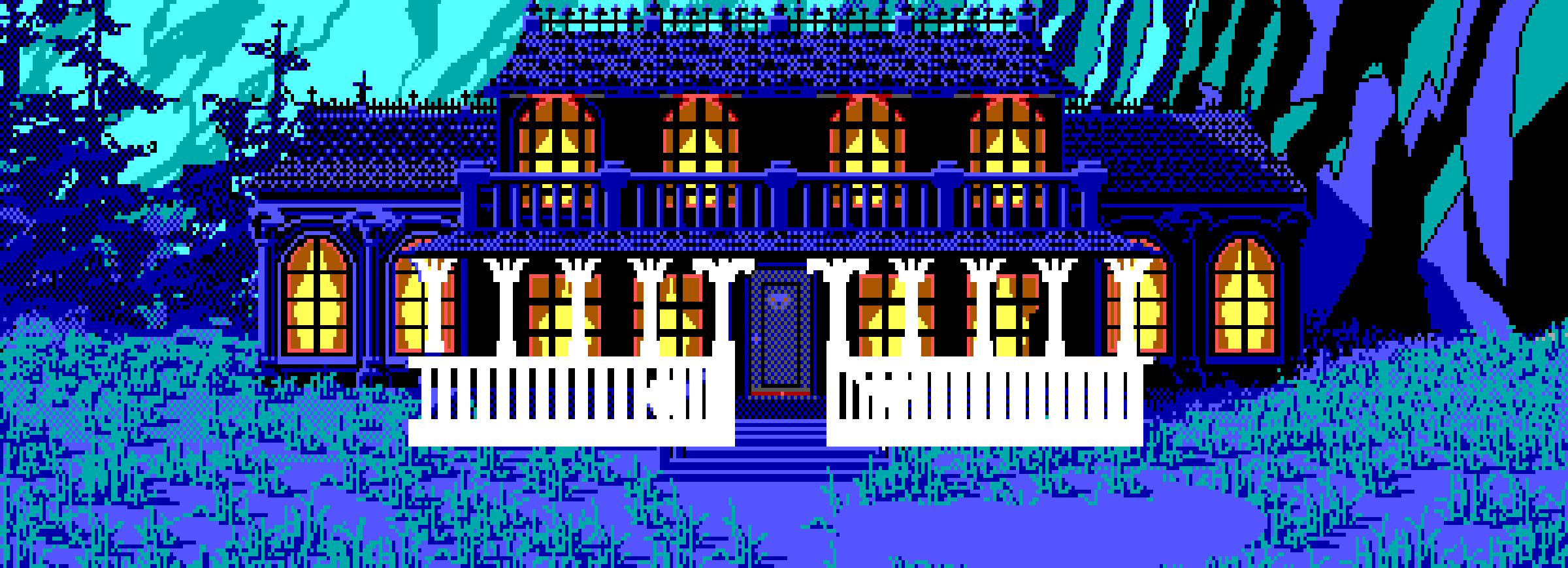
A very different concept for the governor’s mansion, which survived only as a “z-plane” file. An explanation is due here: whenever a room lets characters walk behind areas, that room requires a separate z-plane file to define those areas in white pixels. In this case, characters would be able to walk behind the front of the building’s porch. The reason this one survived at all is because in the final game, the exterior mansion has no z-plane, meaning the artist never overwrote the original version!
The mansion is visually reminiscent of the one seen in a prior Gilbert game, Maniac Mansion, and this is likely not coincidental – a surviving unused object definition file has objects called mansion-doormat and mansion-key, suggesting a throwback to that game’s first puzzle.
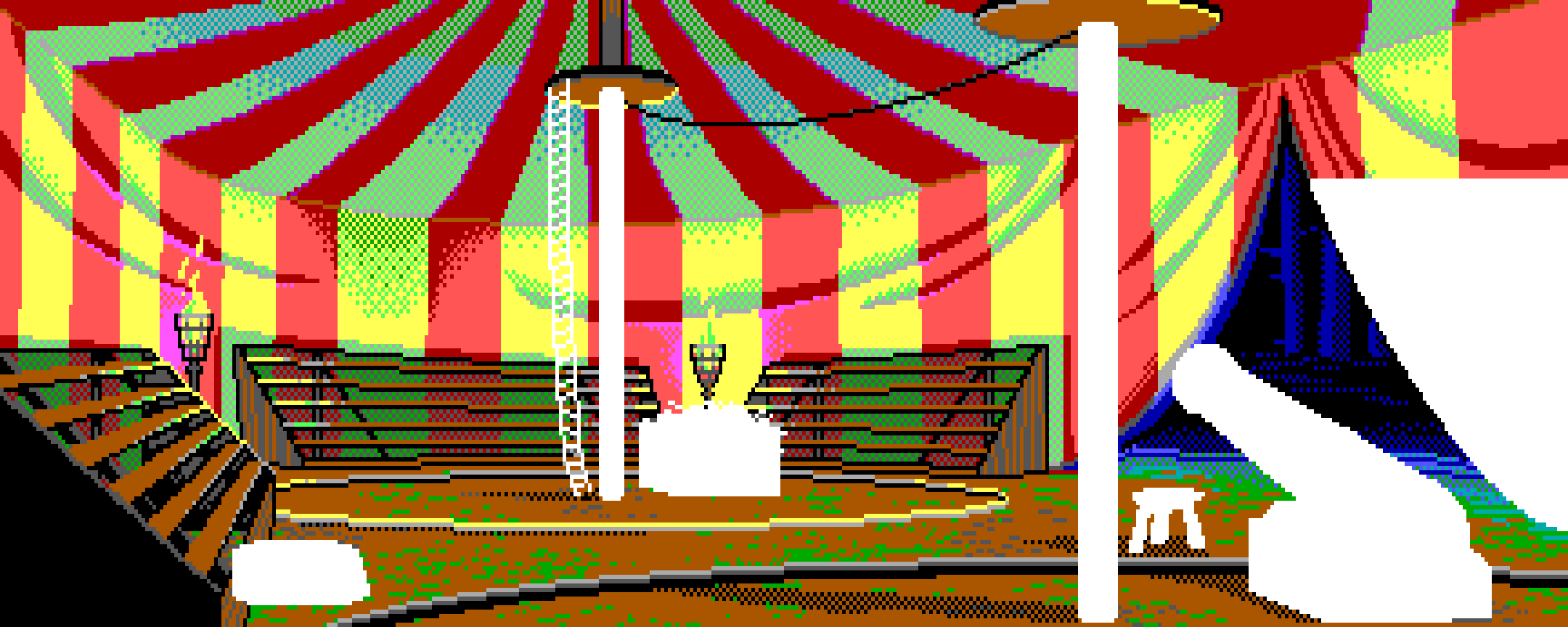
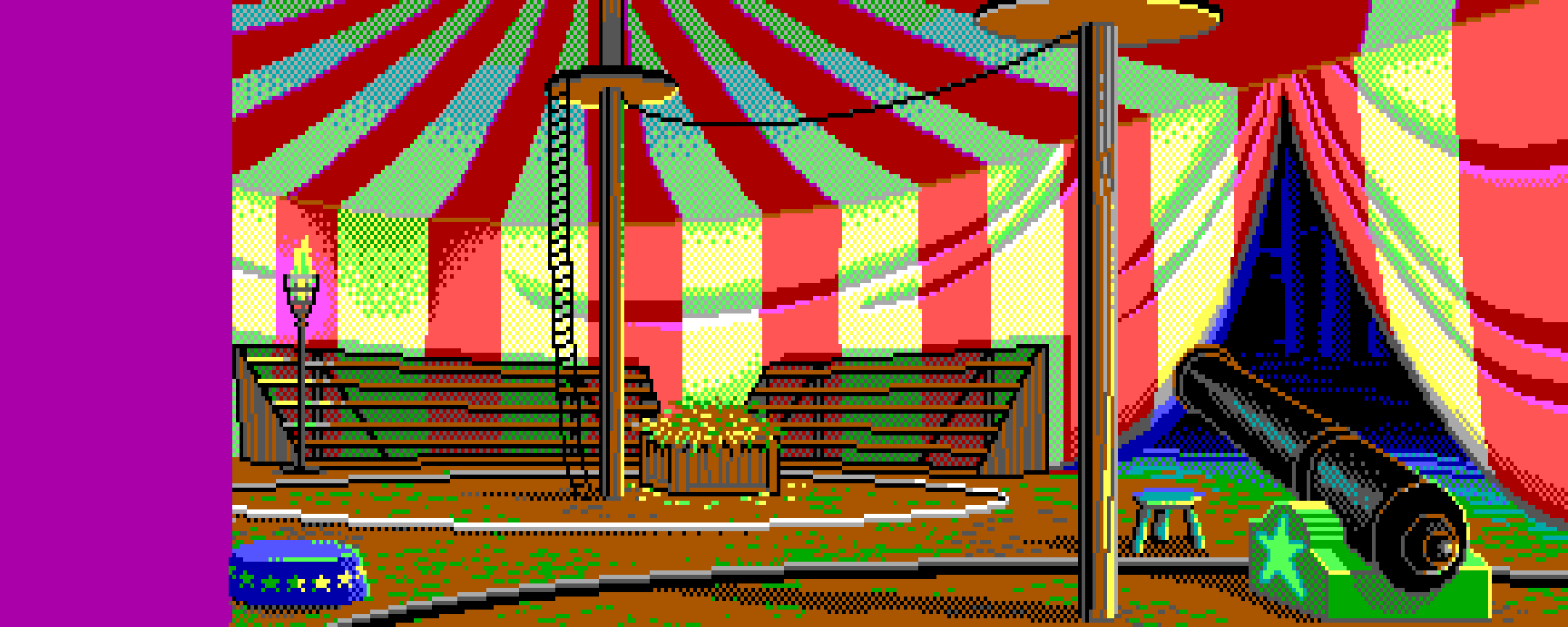
In many cases, these z-plane files were generated before the background art was done, and provide us glimpses at early drafts! For example, here in the circus tent of the Fettuccini Brothers, we see a slightly different arrangement of torches, as well as an entire section to the left that was deleted from the final game.
(Note: Any spots in the original art that are actually meant to be white are re-colored in the z-plane file to yellow, which explains – among other things – the lack of dithering in the yellow section of the tent.)


Similarly, this z-plane file reveals a portion of the Sea Monkey deck that was not seen in the final game.


Here is an early version of the docks (in this instance, we took the liberty of restoring the art that would have been behind the white z-plane pixels, as it was likely identical to the final art). Governor Marley’s re-election campaign poster is missing, the SCUMM Bar is merely a “SCUM” Bar, and the crane atop the leftmost building is actually in the water!
We have no reason to believe that the crane had any gameplay function – the collaborative development process for this game saw its artists often improvising details that were not part of a game design. It is possible that this was the case here.

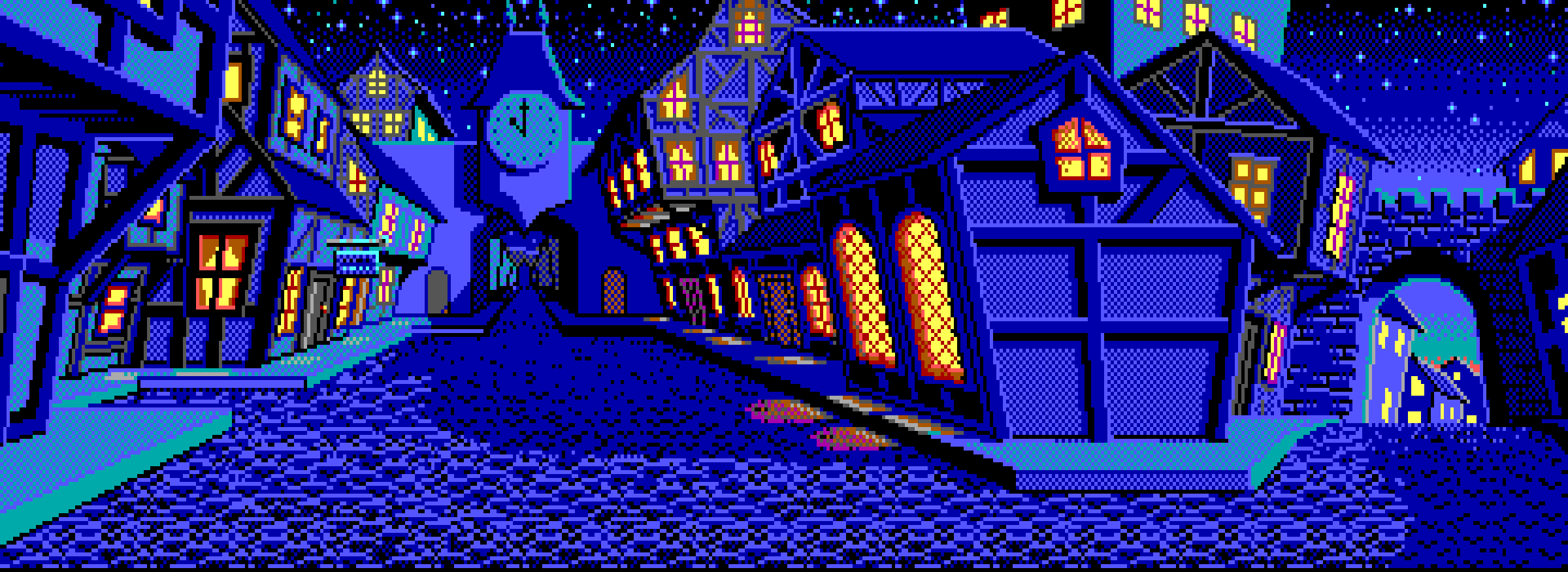
An early version of Low Street on Melee Island, with simple pixel dithering in place of the final version’s detail. Look closely and you can spot two z-planes that never function in the game, near the tops of the buildings. Looking at the game’s code, we see unused functions (with no associated code, meaning we only have their names) called walk-onto-parapet, hang-around-on-the-parapet, and vacate-parapet. These actually function in the rare Passport to Adventure demo disk – Guybrush will occasionally be warped up to these spots after entering a door..


Here’s a draft of Low Street, featuring what may have been yet another early design for the governor’s mansion on the upper-left.


The unfinished version of Stan’s reveals the artist’s process: the main objects in the environment were first outlined to finalize the overall layout of the room, before going back to add in detail.
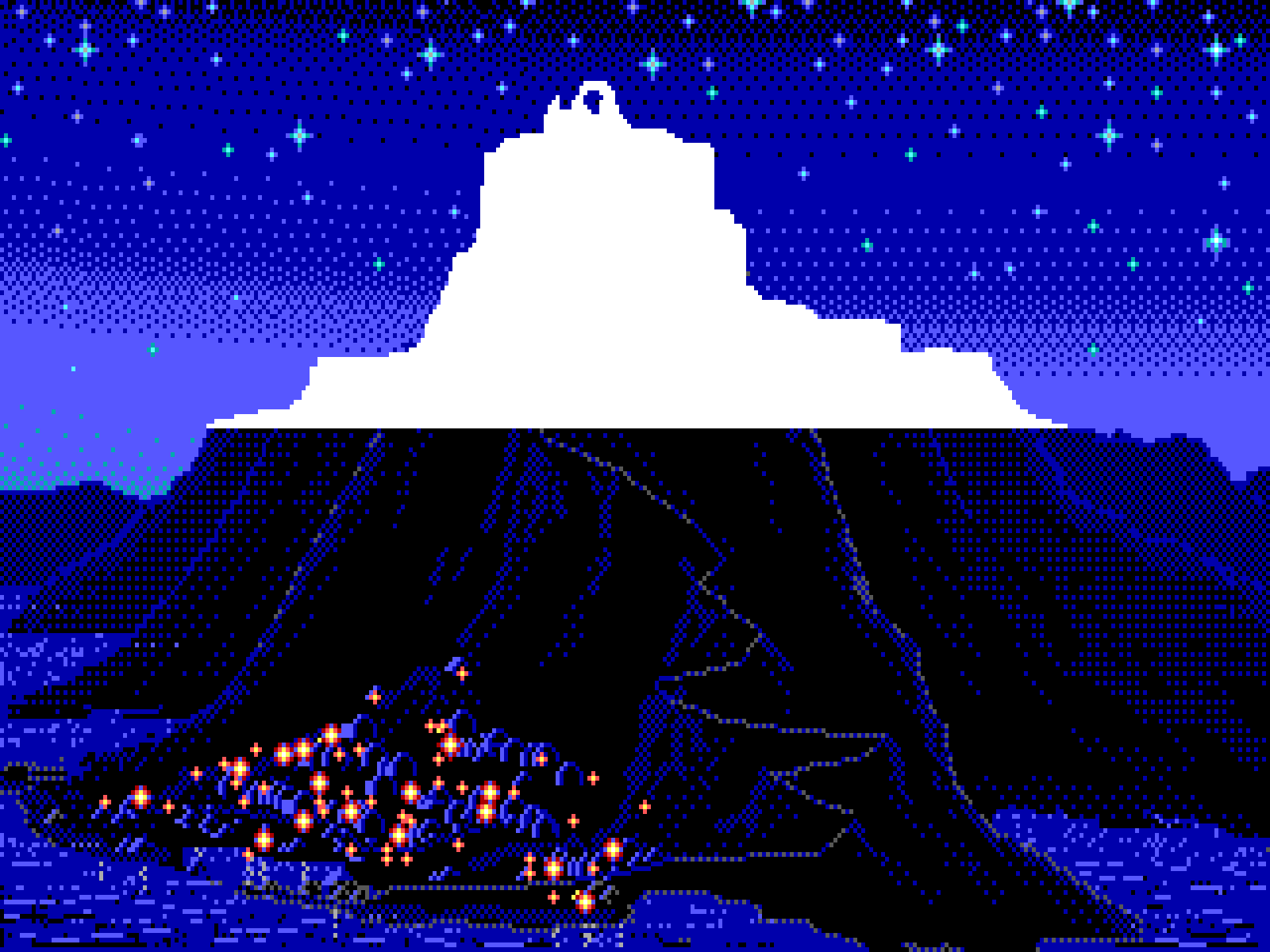
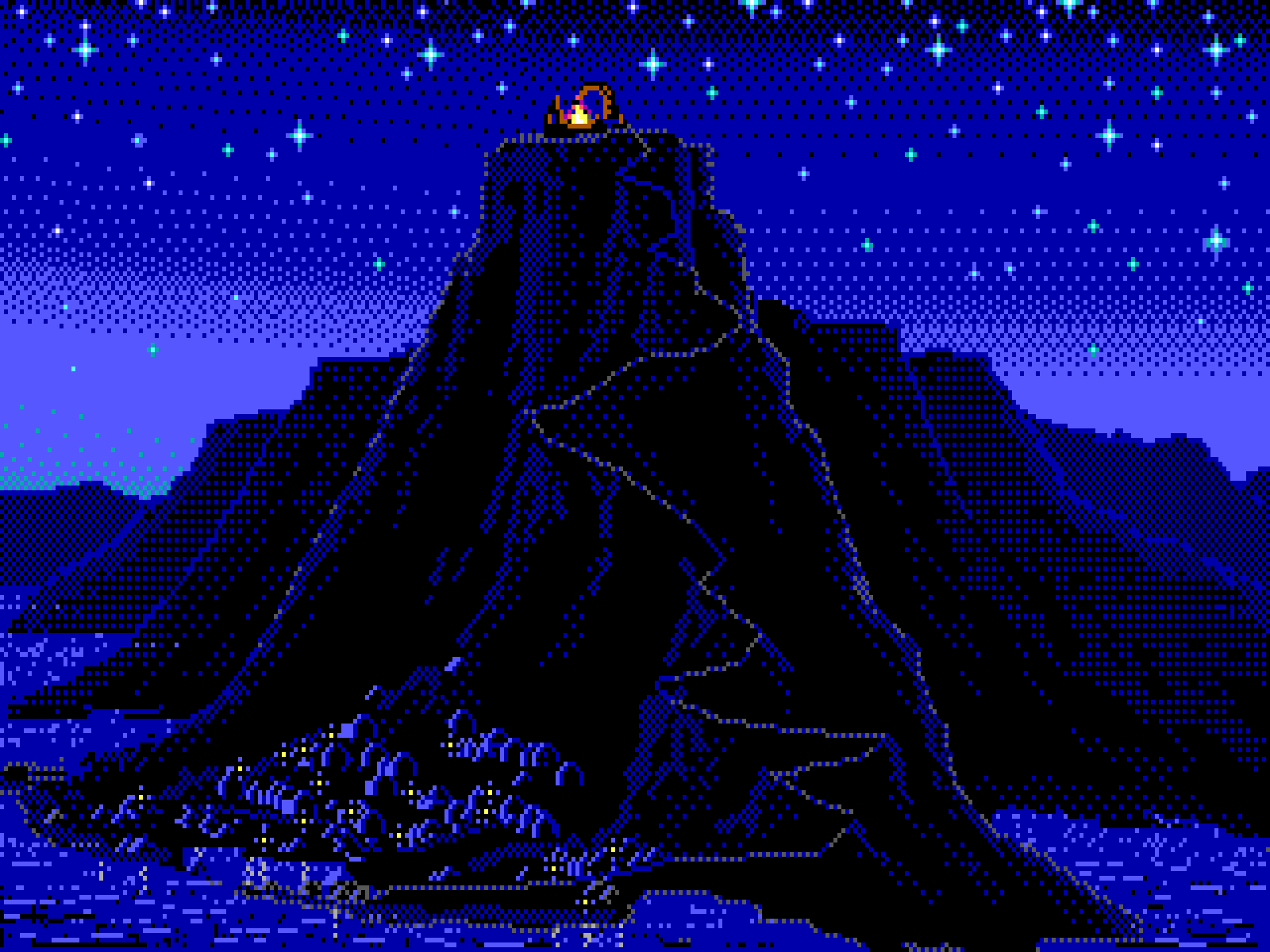
A mild change for the title screen – in the earlier version, the lights in the village were much brighter. Note that the z-plane here was actually for the mist cloud that lazily drifts during the opening credits: in SCUMM terminology the clouds are an actor with a costume, just like a character in the game, and are therefore not a part of the background art.
The title screen art also revealed an unused animation for the lookout’s fire pit on top of the mountain. In the video above, we restored this animation in code. The timing is a best guess, and the mist cloud was moved down a few pixels to avoid a clipping error.
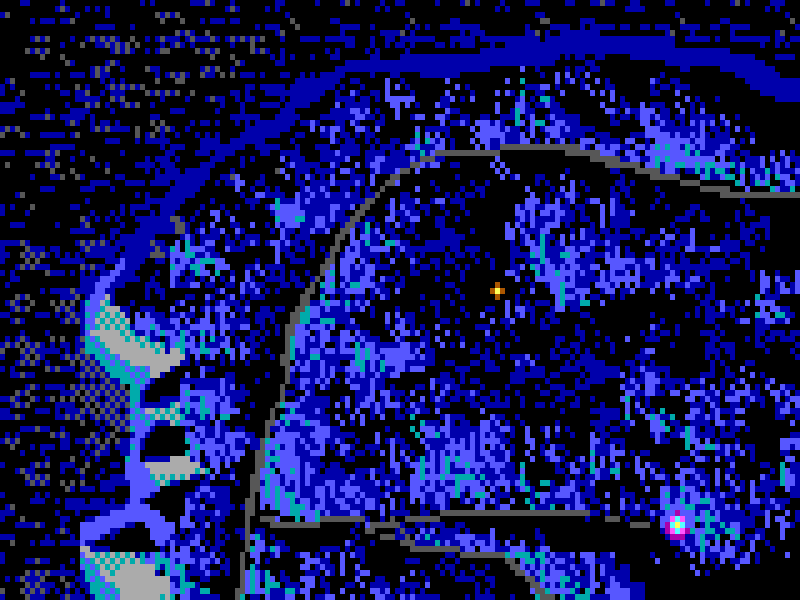
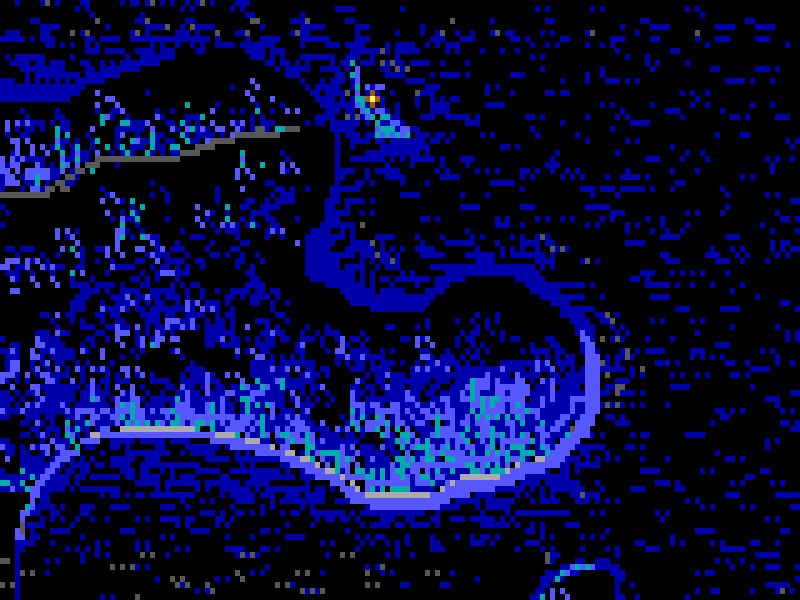
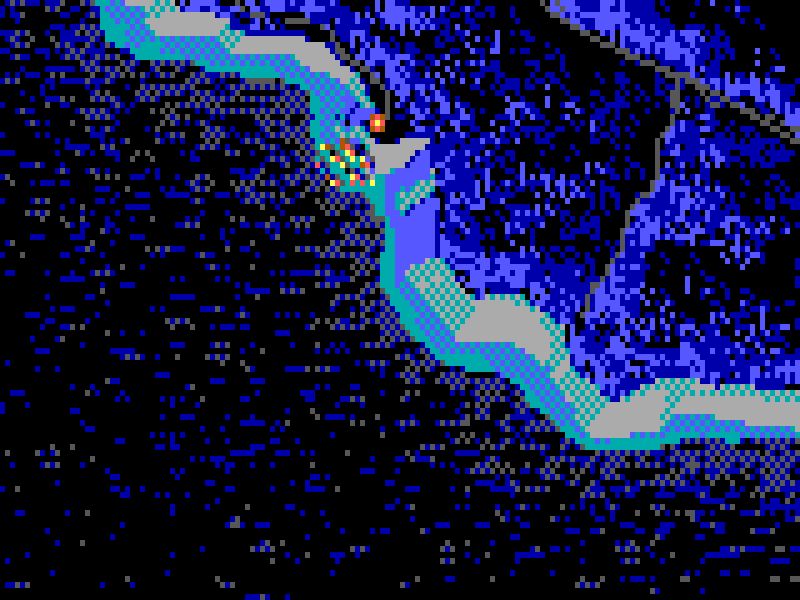
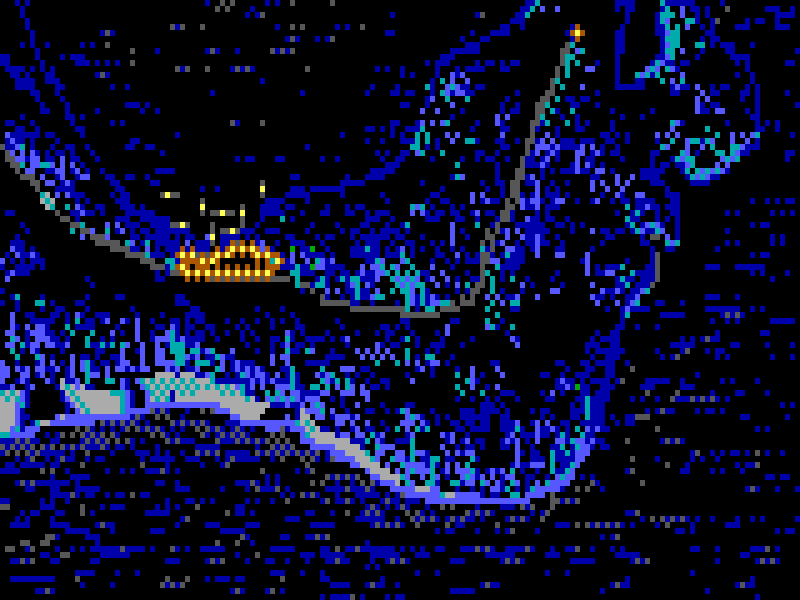
According to clues left behind in the code, Melee Island was originally split into four different screens – much in the same way that Monkey Island is split into five. No art survives for this (assuming it was ever drawn) – the above is the single in-game map split in four for illustration purposes.
While there is no art, we do know which rooms connected to which parts of the map, at least at an early point in development: melee-1 connected to Hook Island, melee-2 connected to the circus and the forest, melee-3 connected to the lookout point, and melee-4 connected to the bridge, Stan’s, and the Swordmaster’s house.

Did you know that the five overhead Monkey Island maps line up into a nearly perfect composite image? The view here is the combined map as it appears in the final game. But was there more to it?

This is the art file for an unused room in the game…or rather, nine unused rooms. The slices of shorelines on the right would be placed over the blank blue image on the left in code, depending on where the player was. It appears that the game design at one point allowed Guybrush to row onto the open sea, away from the island (or perhaps the inverse – Guybrush would approach the island from the open sea).
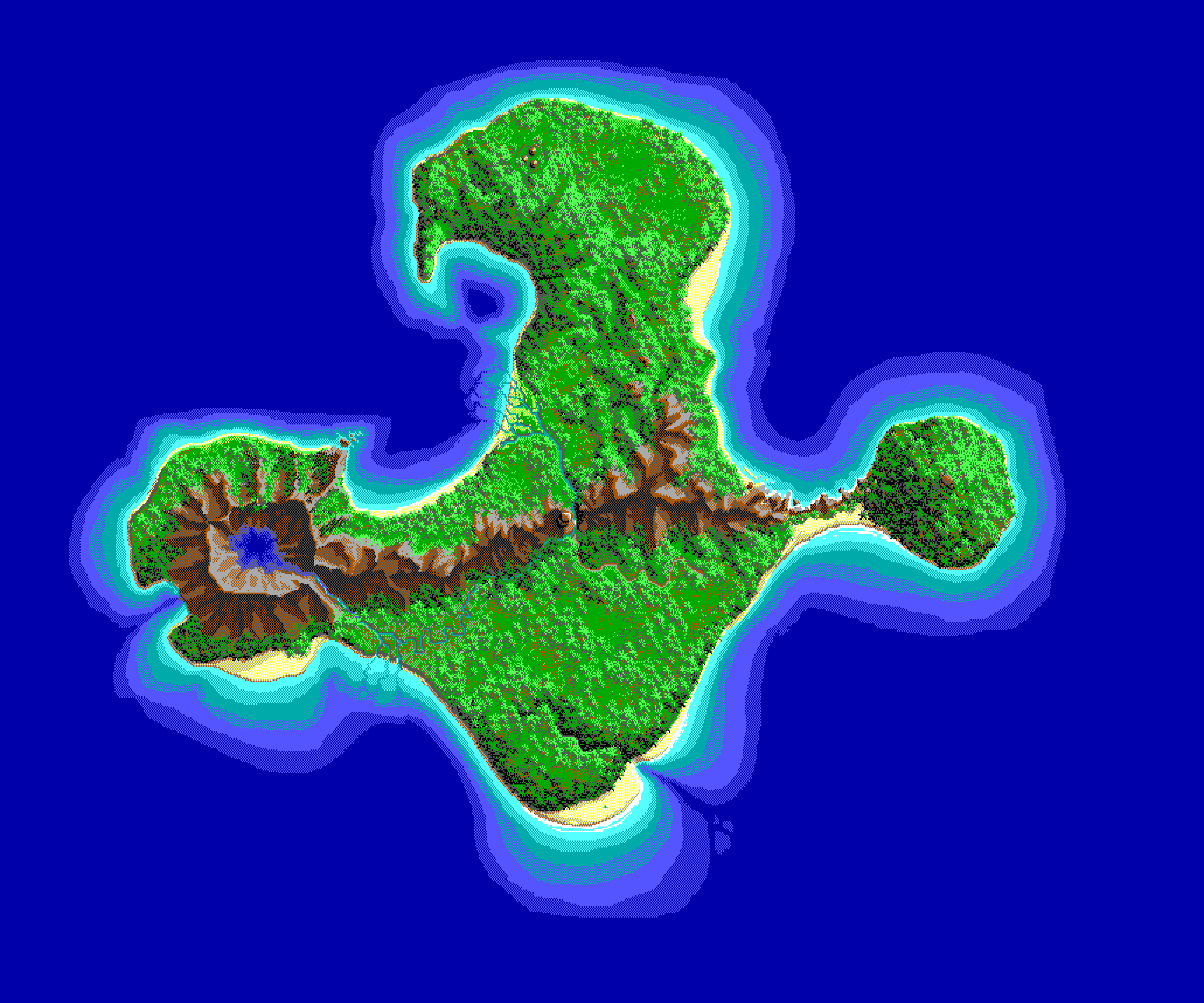
These newly revealed shorelines, when applied to the composited Monkey Island map, give us the complete image for the first time ever!
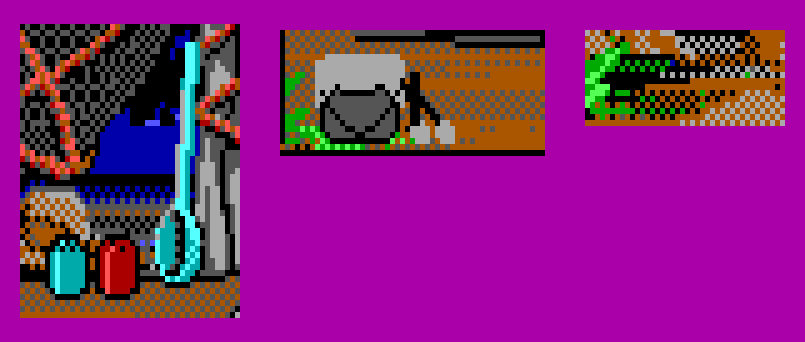
These objects were located in the z-plane file for the cannibal village room. Based on an older objects definition file that survived, we know that the left image has objects called salt-shaker, pepper-shaker, and giant-spoon. The middle image is likely a sketch for the unused object village-drum. The image on the right is the section of this room where a bowl of fruit appears, suggesting the entire bowl would have been removed at one point. In the final game, only the bananas are ever removed.
There are also unused object names that appear to have been from an earlier version of this room, based on their position in an objects list: windchimes, giant-pot, and stake-in-pot. Perhaps the cannibals were cooking someone?
Near these objects we also see waiting-couch and magazines. One could easily see the joke here being a waiting room for the village doctor.

Here’s an abandoned version of the SCUMM Bar. The left portion is identical, but the kitchen is not – in the final game, the kitchen is a completely separate room, and appears with a different layout and perspective!
Why was it changed? As far as we can tell, it had to do with the cook. As players know, Guybrush must sneak past the cook while he’s serving guests in order to sneak into the kitchen. An investigation into parts of the game’s code that were left unused suggested the developers were having trouble with the way the cook would come in and out of the kitchen once Guybrush was in there. It appears this change was made as an easy way to address that.
And finally, here’s an early environment whose art did not survive, though we do have a partial photograph of it! At one point in development, the lookout post on top of Melee Island was presented in an entirely different perspective, as seen here. If you look closely, you’ll see that the artist – likely Mark Ferarri – actually rotated the entire perspective around, without changing much of the design.

We don’t have the art, but we do have some leftover code from this version, so we know a few things: the sunset scene in the background would change its colors into a nighttime version as the game progressed (just as the dock scene does in the EGA version of the game – this feature did not make it into the VGA version), the lookout would occasionally move between two different posts instead of staying still, and though there is no code for it, there may have been an object called lookout-boat in the scene. Clues in the code suggest that this object was likely just art in the background, and not something the player could interact with. An unused costume file called LOOK_SHI.BYL (left) exists in the repository clearly showing a boat, but it is unknown if this is related.
Deleted Scenes
Here it is, the legendary lost area of Monkey Island! Called “Trail,” this room was a pathway into the cannibal village. Fans have wondered about this room for years, as it appears briefly in a 1990 news report about Lucasfilm Games that was uploaded online! Here, we’ve restored the room in code, in the exact place that it was meant to be – we’re fortunate that the developers merely commented out much of this code, rather than deleting it.
Other than the cool dripping leg animation, there isn’t much to this room. It appears to have existed only for dramatic effect, as there is almost nothing to interact with here. The exact reason for the cut is unknown but there are two compelling cases: one is that the room slowed down the game’s pacing, and another – much simpler – explanation is that cutting it saved a significant amount of disk space.
It is worth noting that the smoke animation seen on the left side of the room in the background is commented out of Trail’s source code, suggesting that it was cut before the room itself was. There is no fire in the cannibal village to cause this smoke, perhaps this animation is left over from the cut giant-pot object in that room?


Cutting this room appears to have been a very late decision, as it has what appears to be completed artwork in the later 256-color VGA version (complete with the dripping leg – but not the village smoke). It is unknown why the trail artwork and view of the cannibal’s village was altered so drastically for this version.
Two unused animation frames exist for the game’s ending, for Guybrush turning his head to look at Elaine. In the final game, he does this by simply shifting his eyes. This cut was likely done to save on disk space, as large pieces of art like this took up a lot of room – though as Gilbert told us during the stream, he thinks the eye turn is funnier.
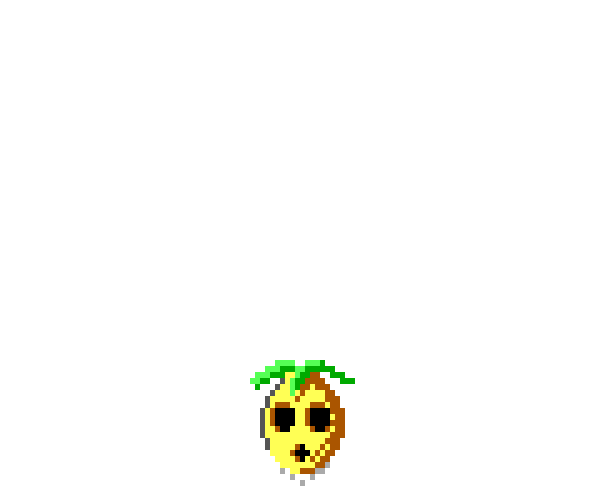
DROWNING.BYL
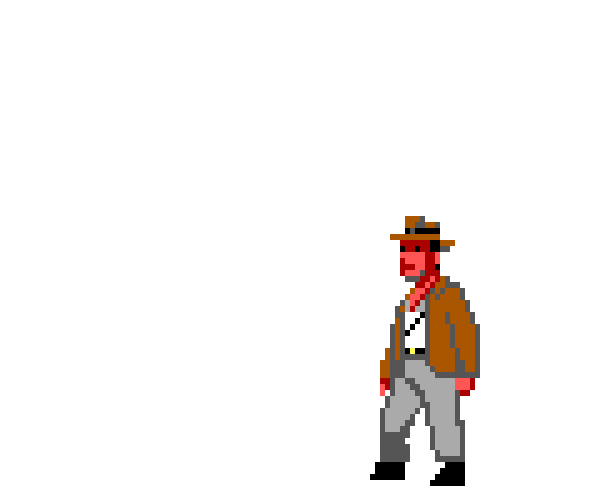
SAV-NAT.BYL
These two costumes are assumed to be the only art remnants of a “quicksand” room that was cut early from the game design. DROWNING appears to be one of the native Monkey Island cannibals stuck in quicksand, and SAV-NAT is likely a placeholder animation for Guybrush helping, borrowed from a prior game, Indiana Jones and the Last Crusade. The original file dates are intact in our archives only for the costume files, so we know exactly when these were made: December 19, 1989, which is extremely early in the game’s production.
define quicksand-tree-1 = 242
define quicksand-tree-2 = 243
define quicksand-pool = 244
define quicksand-banana-tree = 245
define quicksand-bananas = 246
define quicksand-branch-1 = 247
define quicksand-branch-2 = 248
define quicksand-branch-3 = 249
define quicksand-branch-4 = 250
define quicksand-jungle-r = 251
define quicksand-jungle-l = 252Thanks to an early objects definition file, we also know objects that were planned for this room. Note that an “object” in SCUMM terms can mean several things from a gameplay perspective, including interactive objects, background animation frames, and pathways to other rooms. In this case, it is likely that quicksand-jungle-r and quicksand-jungle-l are two different exits back to the Monkey Island map.
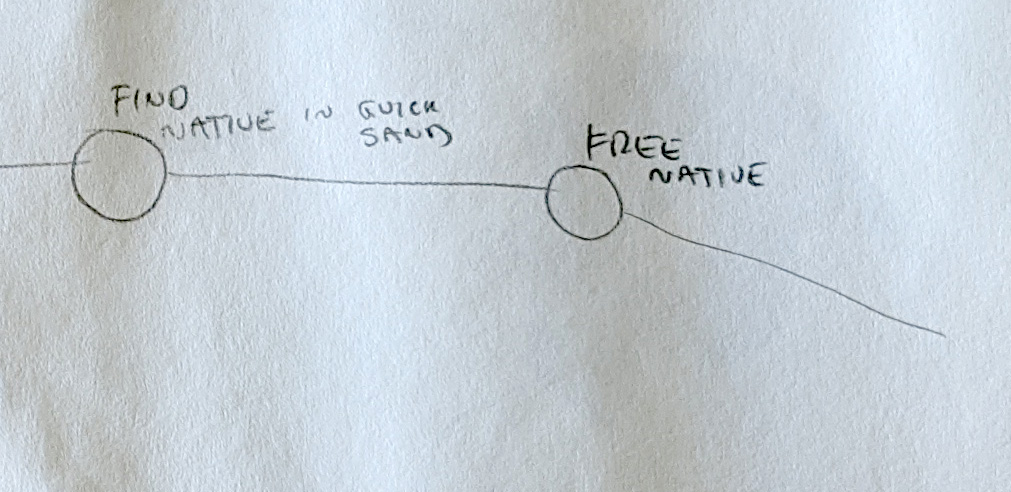

Gilbert’s notebooks give us an insightful look into the struggle to fit this section into the game design. These are cropped sections of what are called puzzle dependency charts, from two different times during the game’s production. You can see Gilbert struggling to justify the room – first leaving the outcome blank, then later by adding a question mark.
In an early version of the game, Guybrush would witness a handful of Monkey Island’s cannibals opening the monkey head, giving the player a clear view of how they would have to eventually get in. The scene partially exists in code, but was cut before any of the special animations – such as a cannibal using the cotton swab key in the monkey’s ear – were created. An interesting note here is that the cannibals in this scene have unique color palette assignments, meaning they are characters you technically never meet in the shipped game.
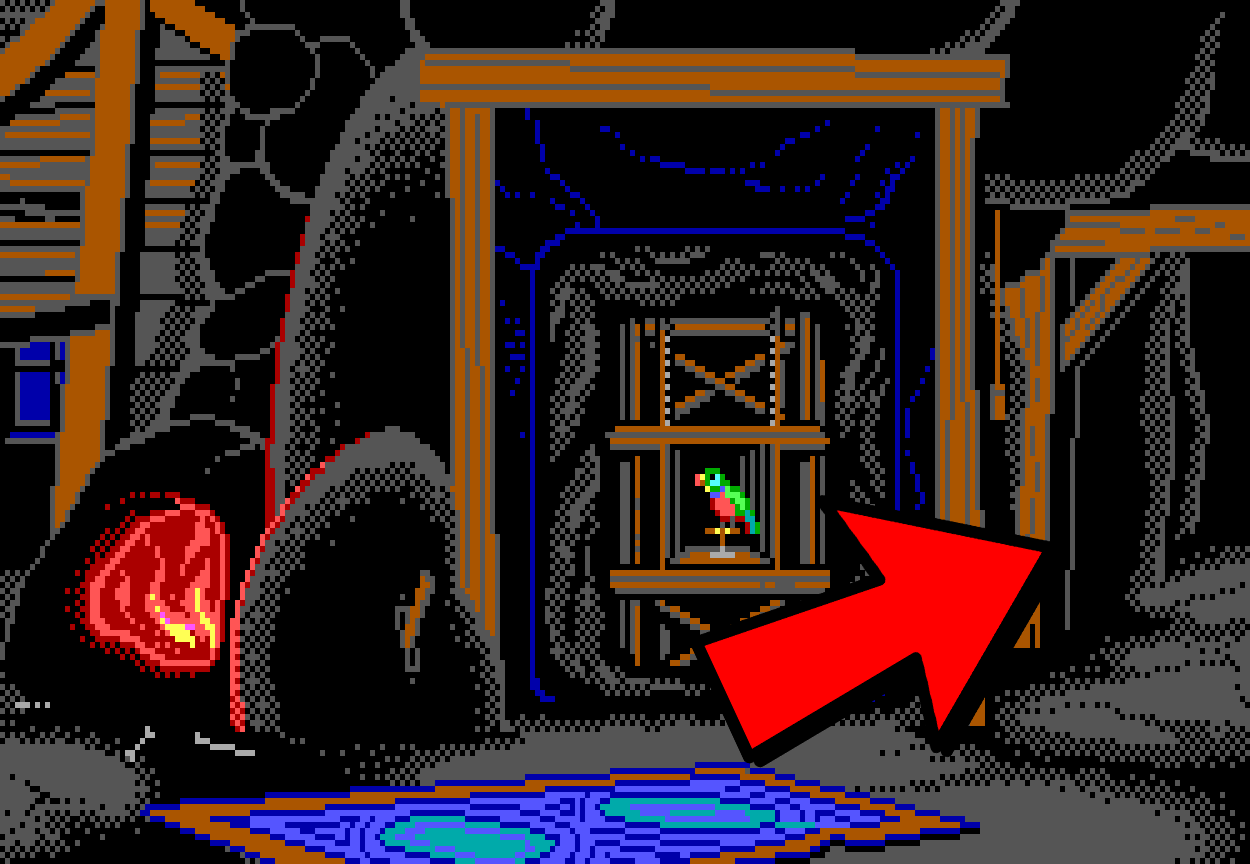
In the final game, Guybrush must prove his courage to Meathook by…touching a parrot, but early in the game’s design, Guybrush had to go through two other trials as well. We don’t know anything about what these trials might have entailed (if they were ever even designed), but we do have reason to believe that this inaccessible tunnel on Hook Island led to the second trial, as it has an object name of meats-house-trial-2-door. There is also an object present in an older object definition list called trial-2-trial-3-door, presumably for a third room.
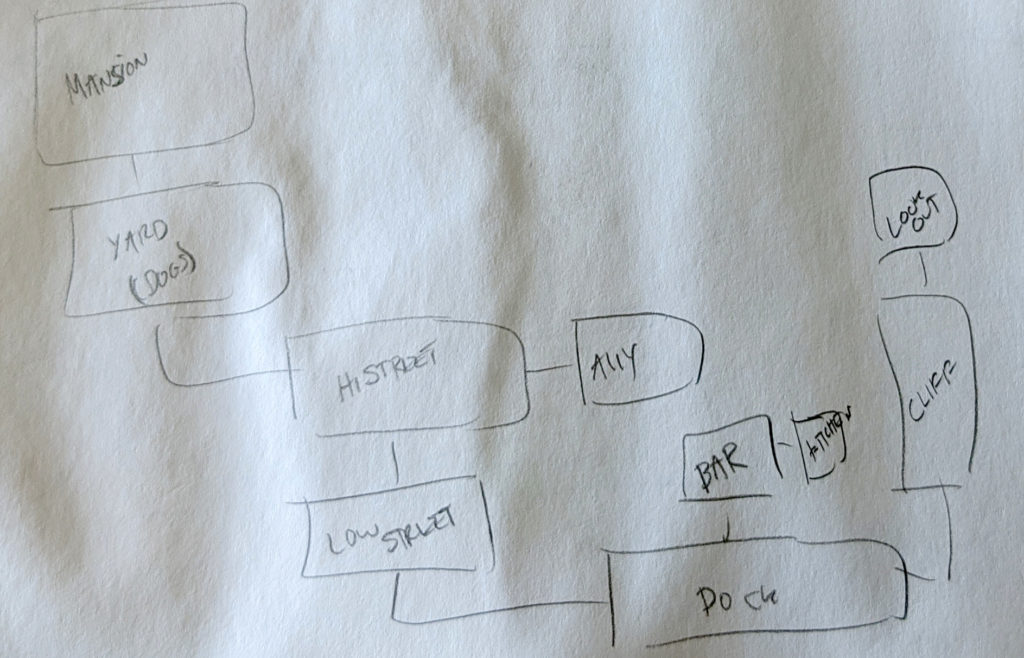
From Gilbert’s notebook, this layout of Melee Island reveals another cut room – “CLIFF,” or as we suspect it was called in code, cliffside. We have no art or code, but we do have what’s called a “box” file, which is generated when designers lay out where characters in the game can walk – suggesting that the room may have been at least partially playable. We also have a description from its artist:
Oh, there were some nifty BGs left lying on the cutting room floor – as always – before it was over, including one scene looking straight down over a cliff edge down a long zig zag wooden cliff face staircase at the pirate village at the cliff’s base. Alas, we illustrators are born to kill half our children for ‘de man’.
Artist Mark Ferarri, speaking to The International House of Mojo.
Early in the game’s development, the random pirates that appear on High Street and Low Street also appeared on the docks. They even walked in and out of the SCUMM Bar! The explanation we’ve heard for this cut is that players could easily be confused if they followed a pirate into the bar and couldn’t find them inside. Note: we have increased the frequency of random pirate spawns in code in order to demonstrate this feature, in the game they would have appeared much more infrequently – you can see their intended speed in the rare “Passport to Adventure” demo disk.
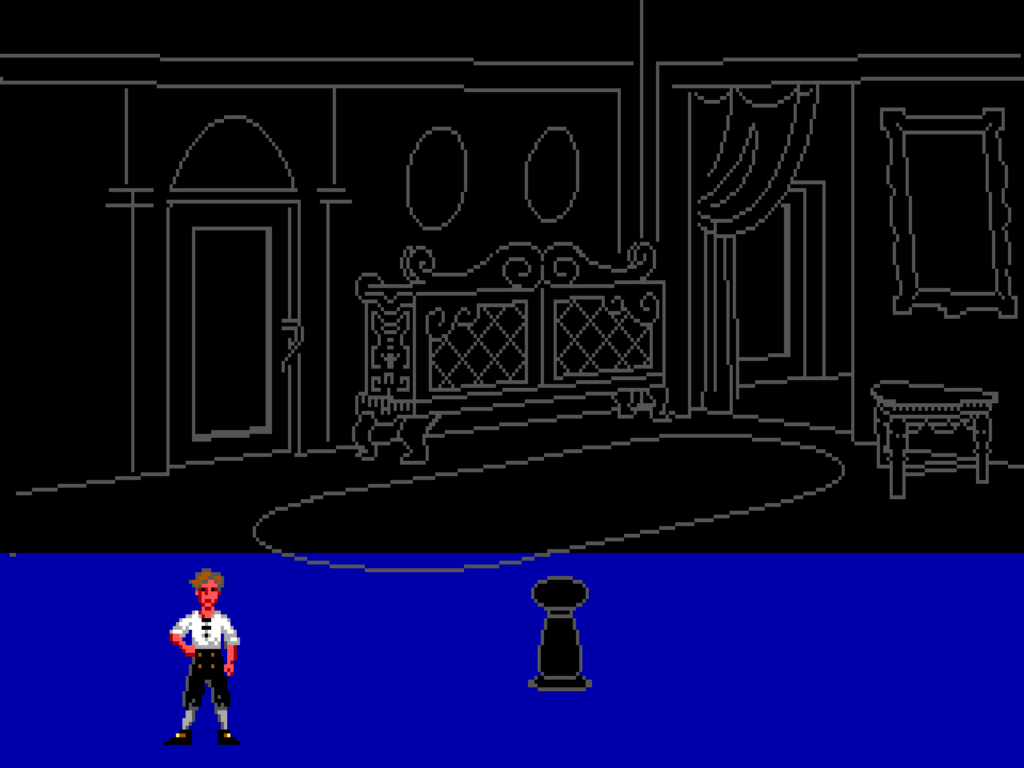
And finally, here’s a room that was cut before it was fully drawn in. This is the Idol Room inside of the Governor’s Mansion, which was part of a puzzle to steal the idol that involved using jam to lead ants from one room to another. This puzzle was replaced by one of the final game’s most memorable moments, where Guybrush jumps behind the scenes and solves a series of elaborate and bizarre puzzles, outside of our view. One way of looking at this digital sketch is that it reveals the room where that moment happens! Where’s the yak?
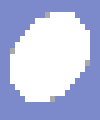
We also have one costume associated with this room – simply called EYE. It is a one-frame egg shape, as seen on the left. Other than knowing it was loaded in the Idol Room, nothing is known about its purpose. We also know that the cabinet in the sketch above was a defined object in the room, and that the doors here – at least at one early point in development – led to rooms called hallway and foyer (the interior room seen in the final game). We don’t have a walkable box file for the room, suggesting that it may have been cut before it would have been implemented into the playable game.
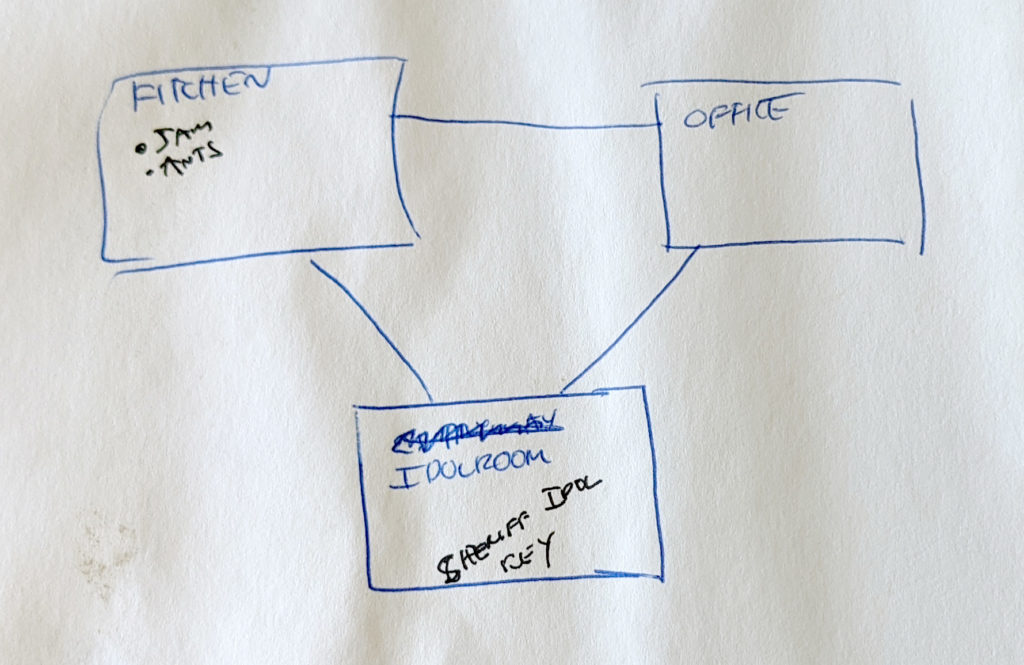
This sketch from Gilbert’s notebook shows ideas for the interior of the mansion, including the aforementioned puzzle involving ants. Unused code also suggests a hallway room not mentioned here, as well as six hallway doors. Perhaps the hallway doors – like the final game’s Low Street doors – would connect randomly, as a clever reference to a Scooby-Doo trope?
The Secrets of Monkey Island 2
The surviving source code for Monkey Island doesn’t have too many things that didn’t make the final cut – even the earliest surviving design documents mostly resemble the final product. But the few things that did survive offer an interesting glimpse into some of the game’s older ideas.
At one point, the number fixing segment on Phatt Island had an entirely different puzzle! This one involved guessing colors, instead of guessing numbers. It’s been restored here in code, showing an abundance of unused dialogue.
Here is a room that was likely cut before final art was drawn – a voodoo spell room inside of LeChuck’s fortress. While there is no functional code for interacting with any objects in the room, the SCUMM script suggests that the player would have solved a puzzle here that involved creating voodoo recipes by spelling words with the voodoo ingredients – perhaps a throwback to the gambling puzzle above?
The most surprising find of all were these close-up cutscenes of Largo and LeChuck! These scenes trigger whenever the player finds one of the four pieces of the map.
There are five close-up scenes in total. The first in the video above is completely unused in the game – in fact, we have no relics in code to even signal when this would have been triggered. The remaining four play out exactly the same as they do in the final game, except with this unique close-up artwork. In fact, the source code for these scenes simply comments out any reference to the close-up art, meaning the timing and dialogue are exactly the same.
Thank you for reading! This article is a part of our Video Game Source Project. our initiative to normalize the study of the raw source material that went into the making of our favorite games. The Source Project is, like the rest of our work, entirely funded by charitable donations to The Video Game History Foundation. If you enjoyed this work and you’re able, consider making a donation today – or better yet, joining us on Patreon and gaining exclusive access to our community Discord!
